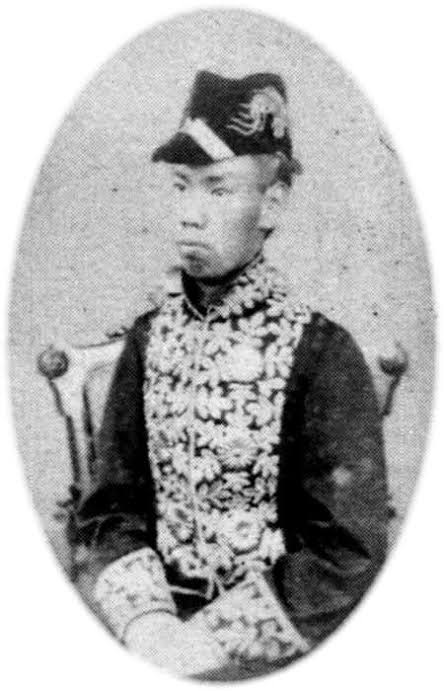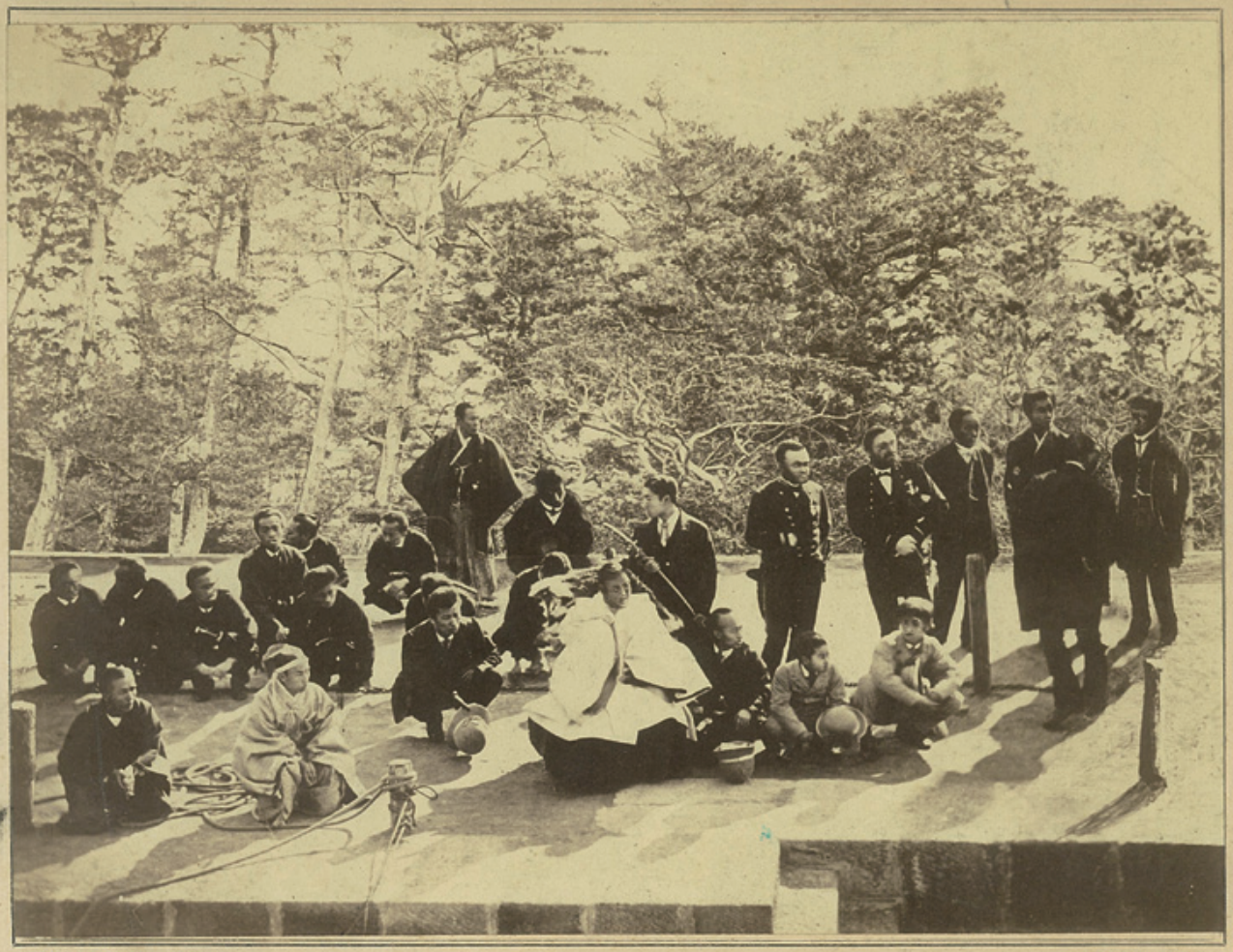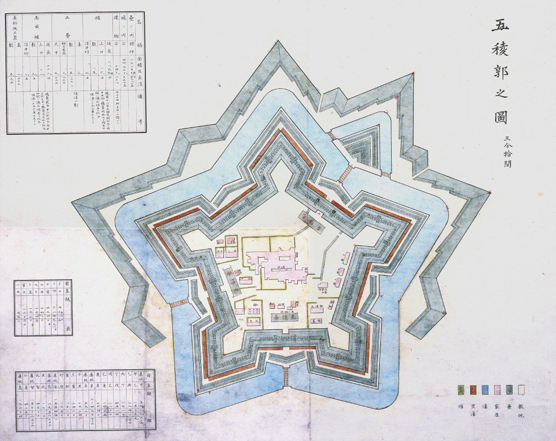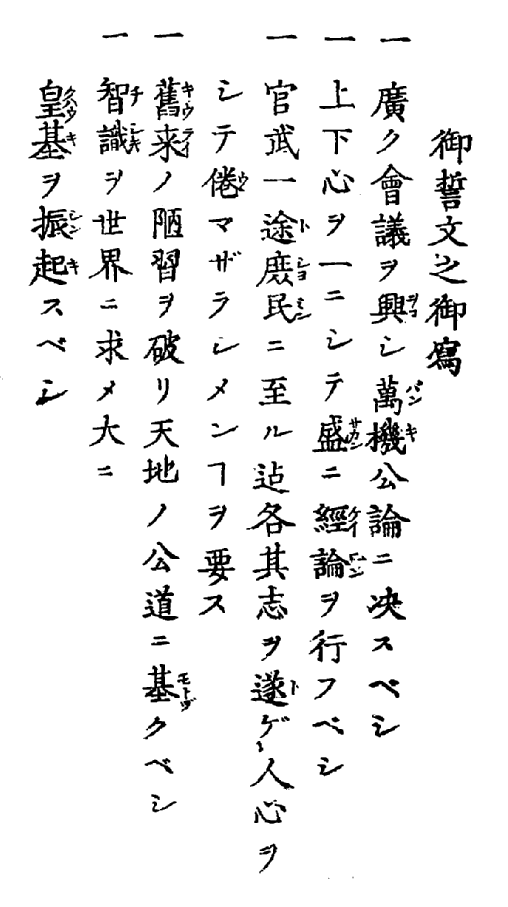The Qing Dynasty’s Self-Strengthening
In light of its repeated defeats and humiliations at the hands of imperial powers, the Qing Dynasty attempted to modernize its military, economy, and society through a series of reforms known as the “Self-Strengthening Movement.”


















Recent Comments